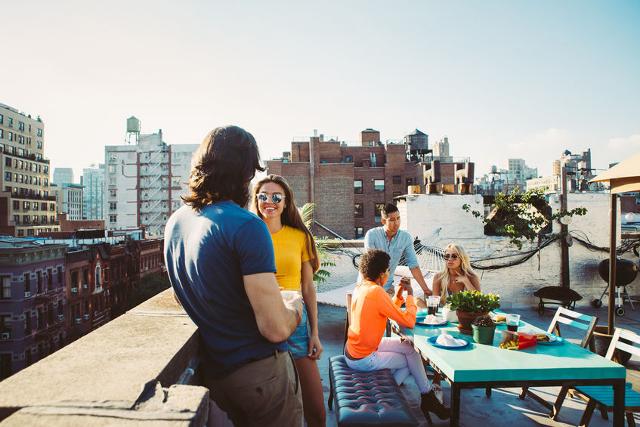



In preparing this report Citylife International Realty Limited ("The Company") has relied upon information provided by the various partners and information that is publicly available. This reporte is for the sole purpose of assisting potential investors ("Prospective Investors") in relation to understanding the investment opportunity in Australia, and the background of The Company. The material in this report has been prepared for informational purposes only should in no event be construed as a solicitation or offer; as investment, legal, tax or other advice; or as a recommendation to buy, sell or engage in any transaction whatsoever. Offers to sell, or the solicitations of offers to buy, any security can only be made through official offering documents that contain important information about risks, fees and expenses. This website and report does not take account of a recipient’s objectives, financial circumstances or needs. Investment may be limited to qualifying accredited investors. All investments involve risk that can lead to a loss of part of or all of your capital. The Company does not provide financial advice about its projects and is not a financial adviser. The Company does not give or purport to give any taxation or financial advice.

(c) Copyright Citylife International Realty. Privacy Policy and Terms of Use